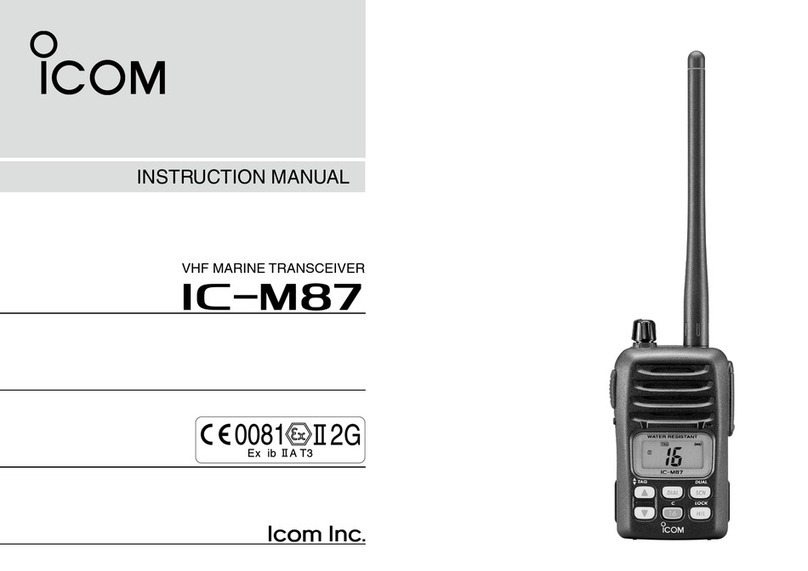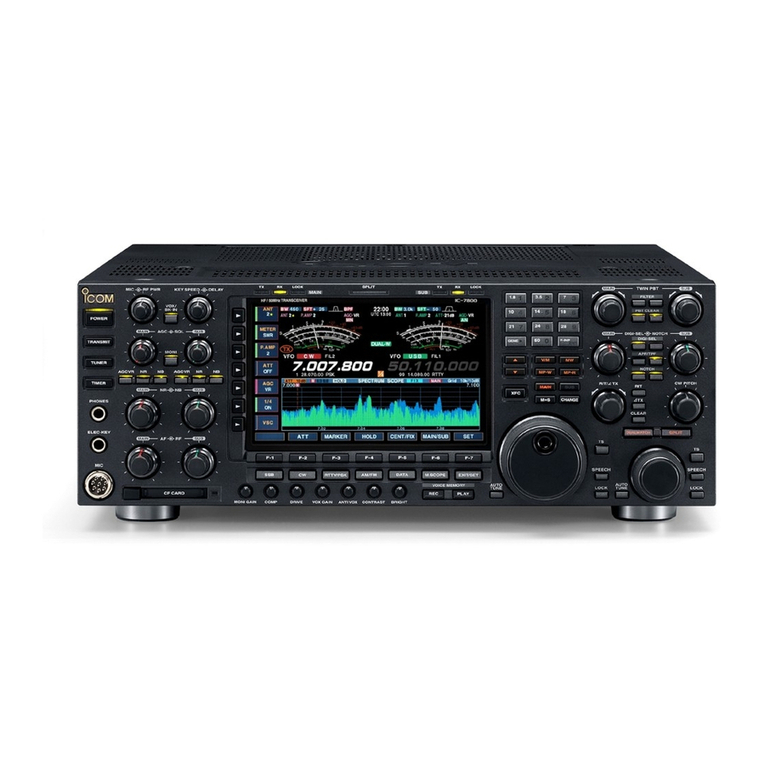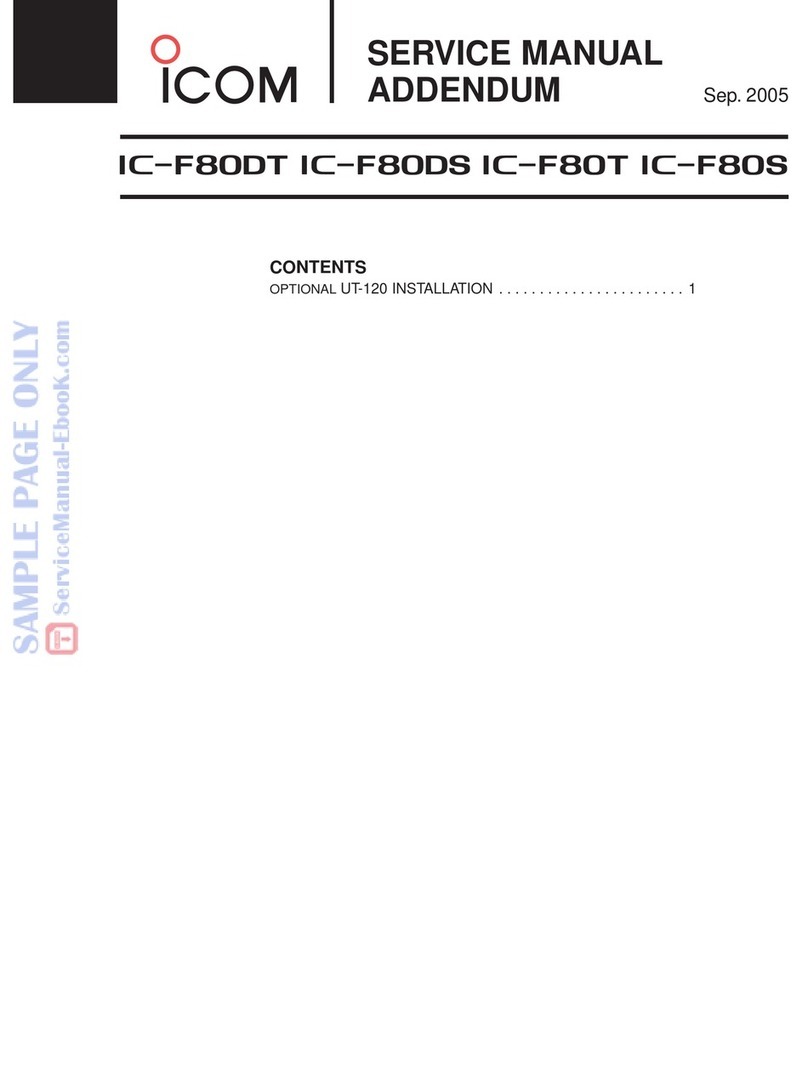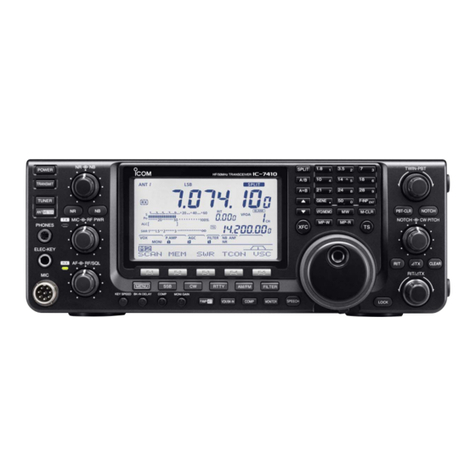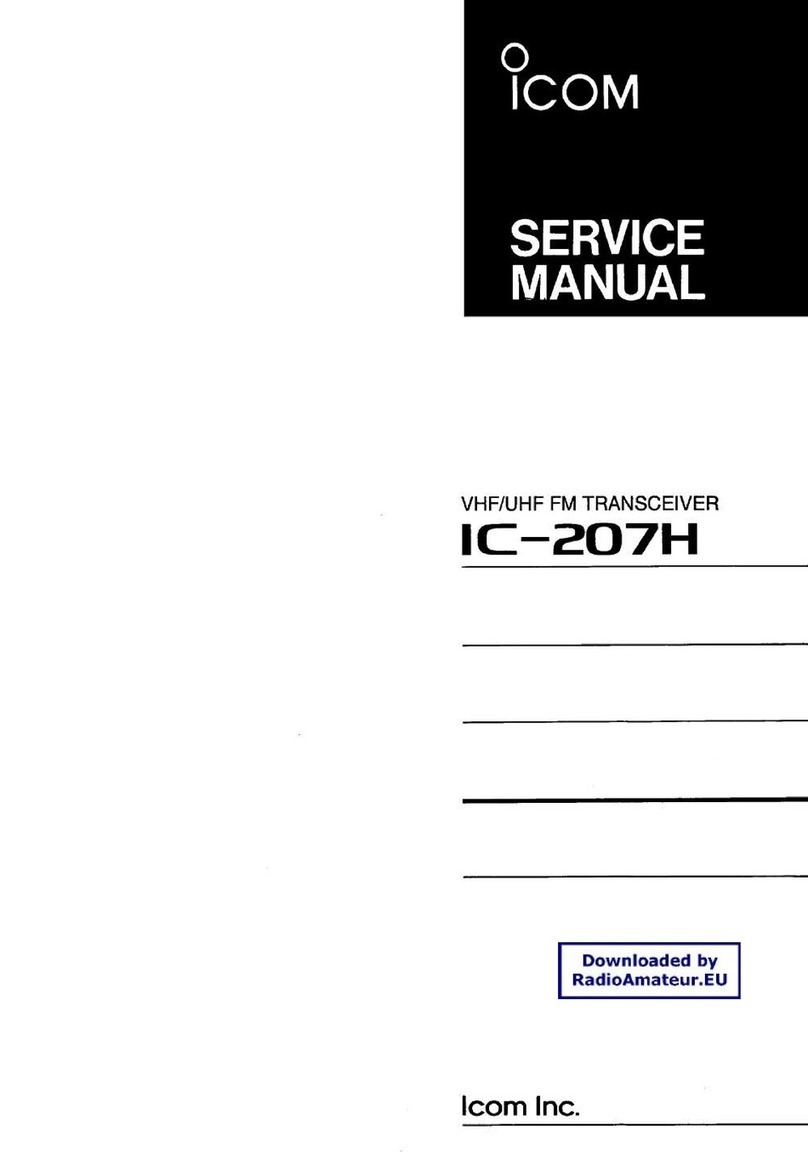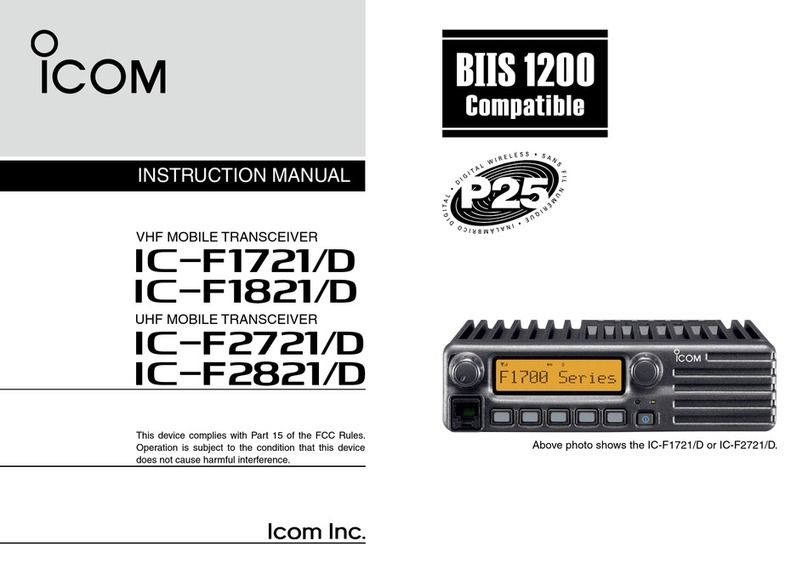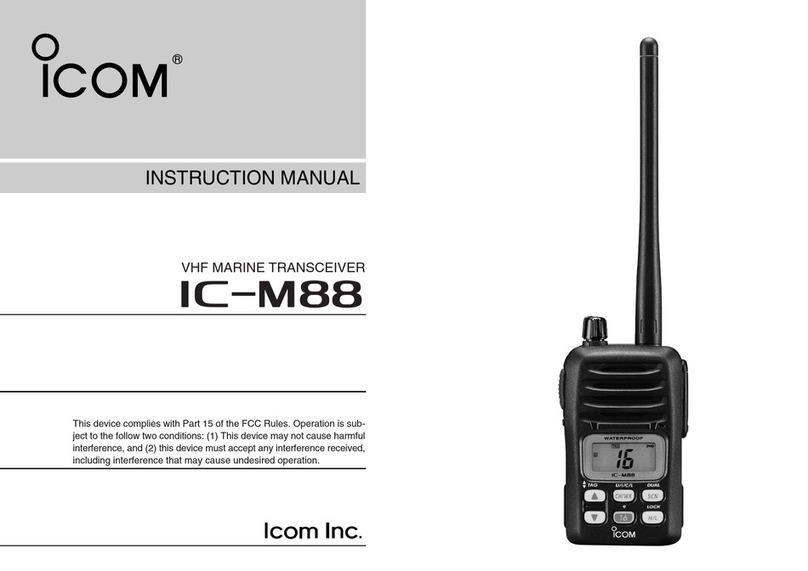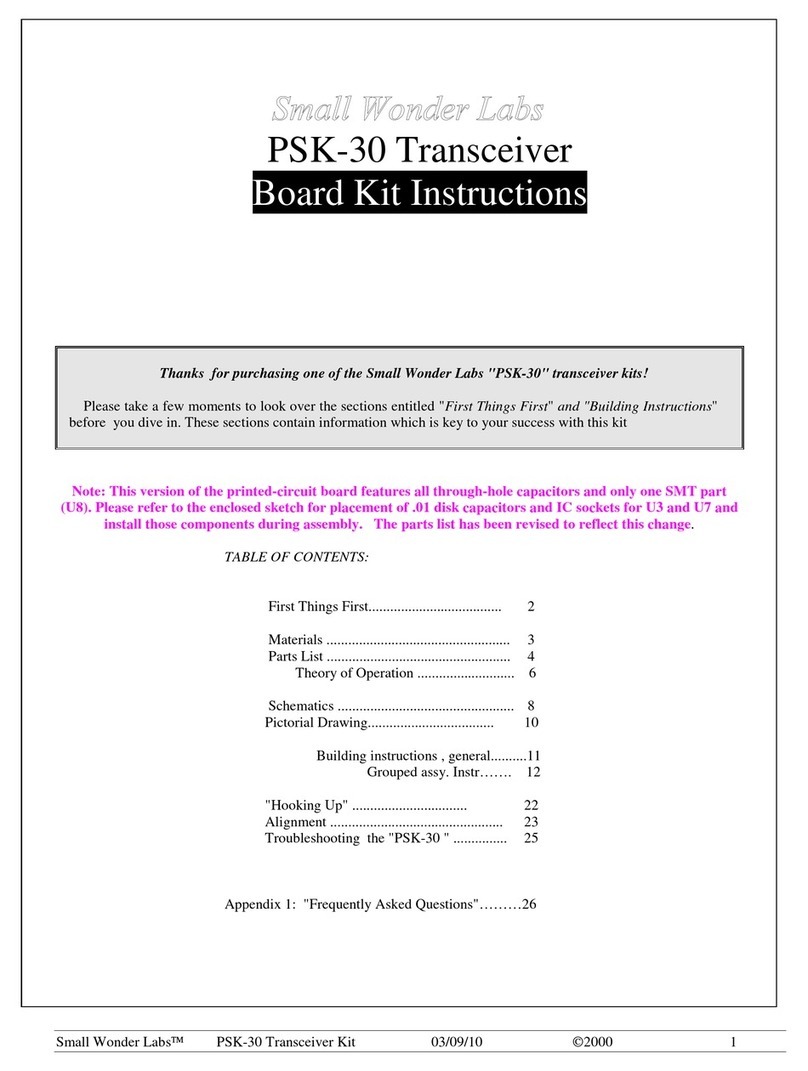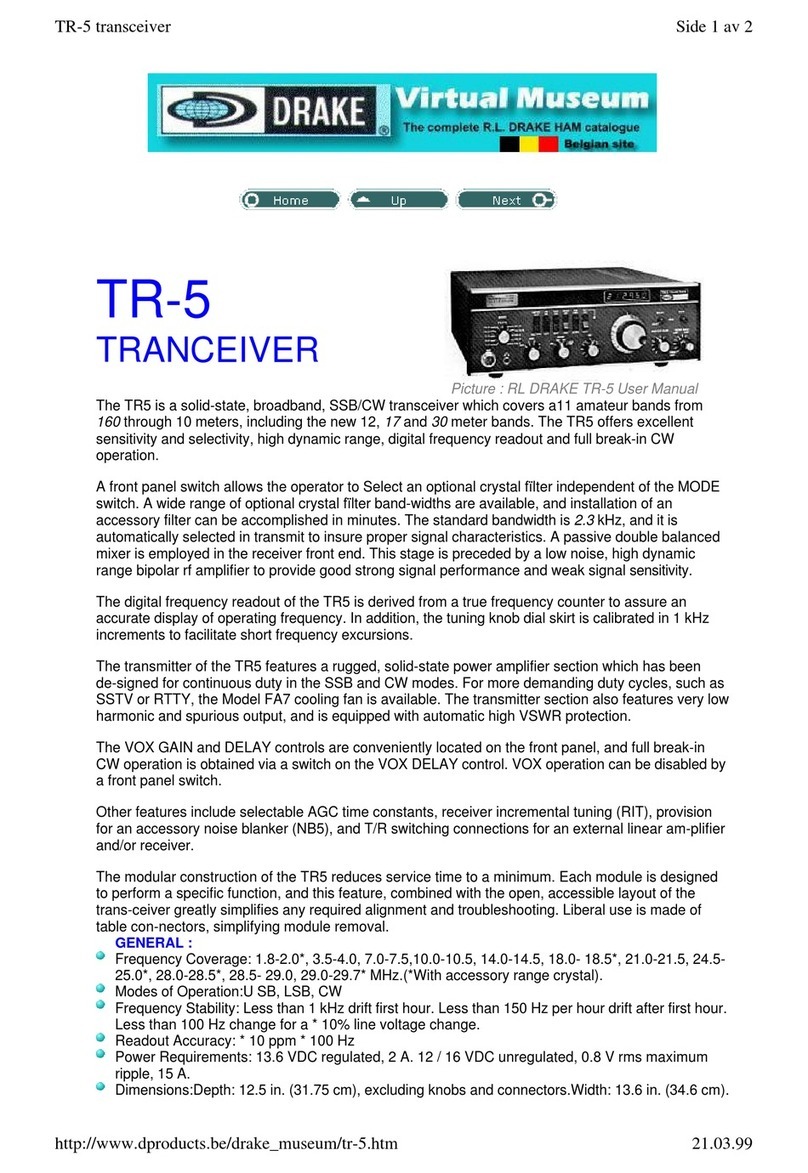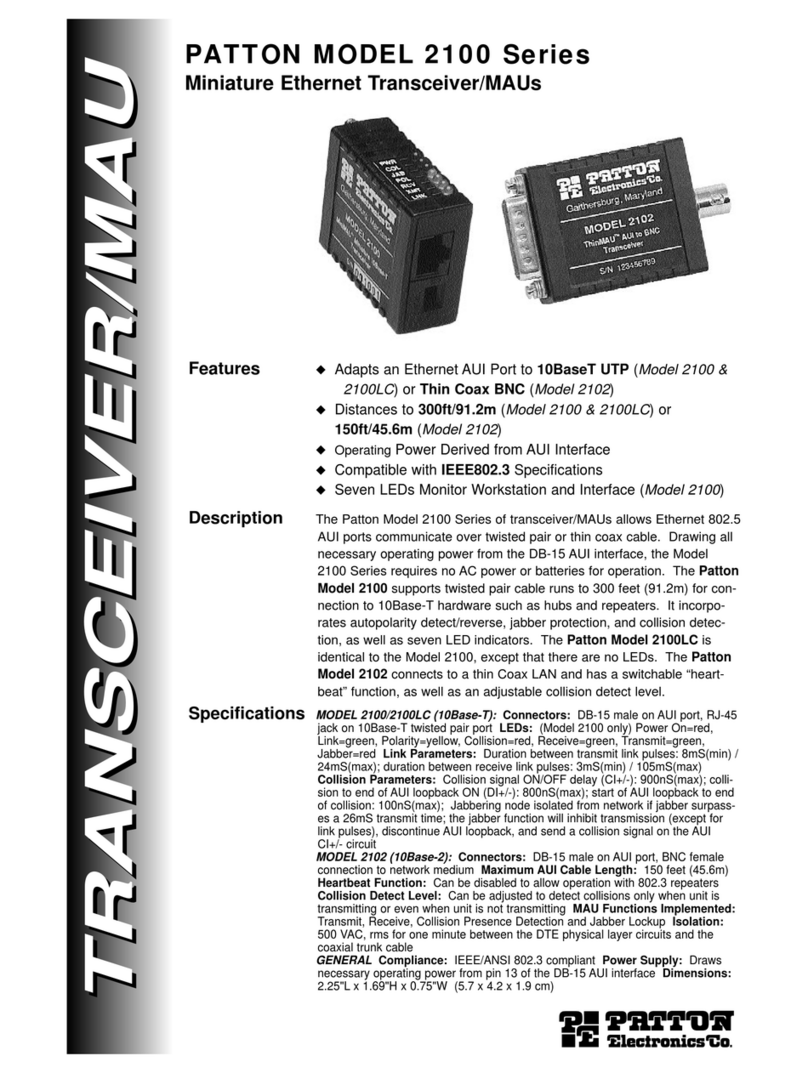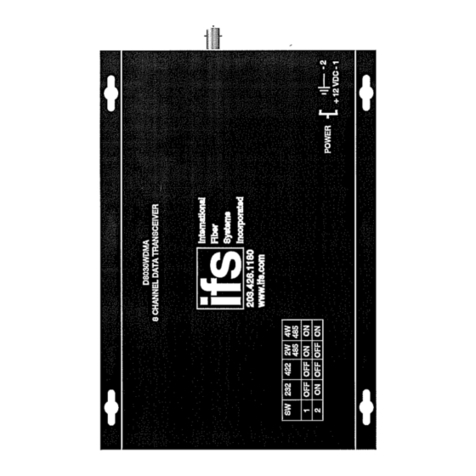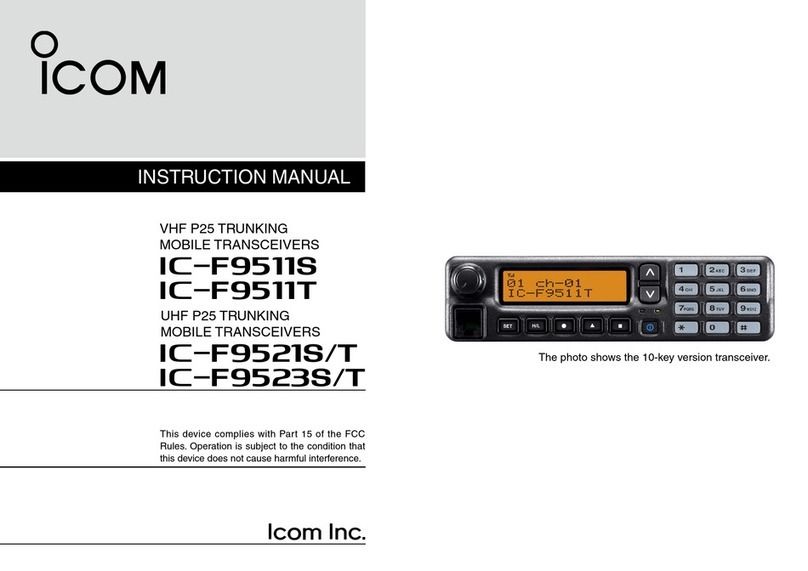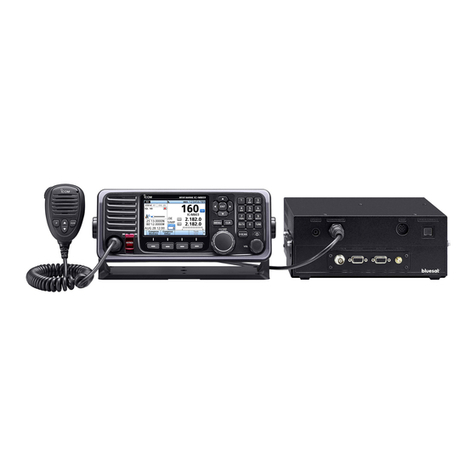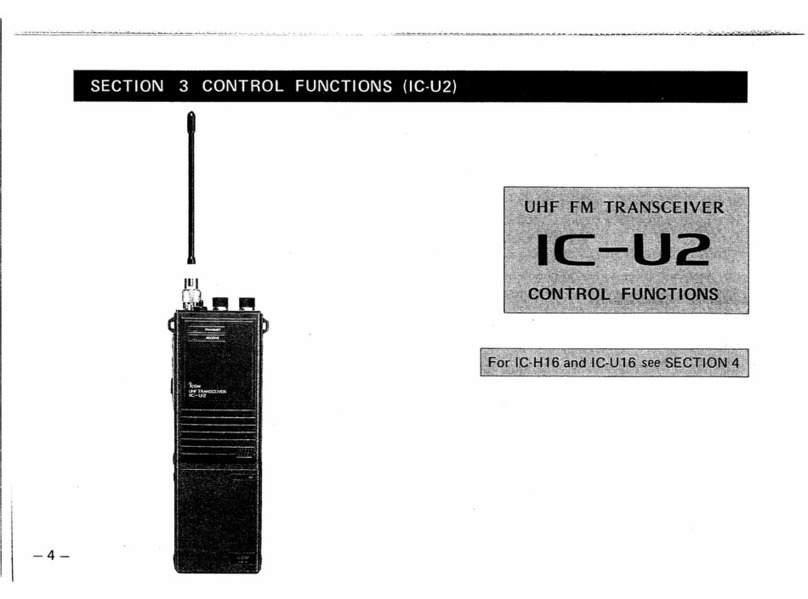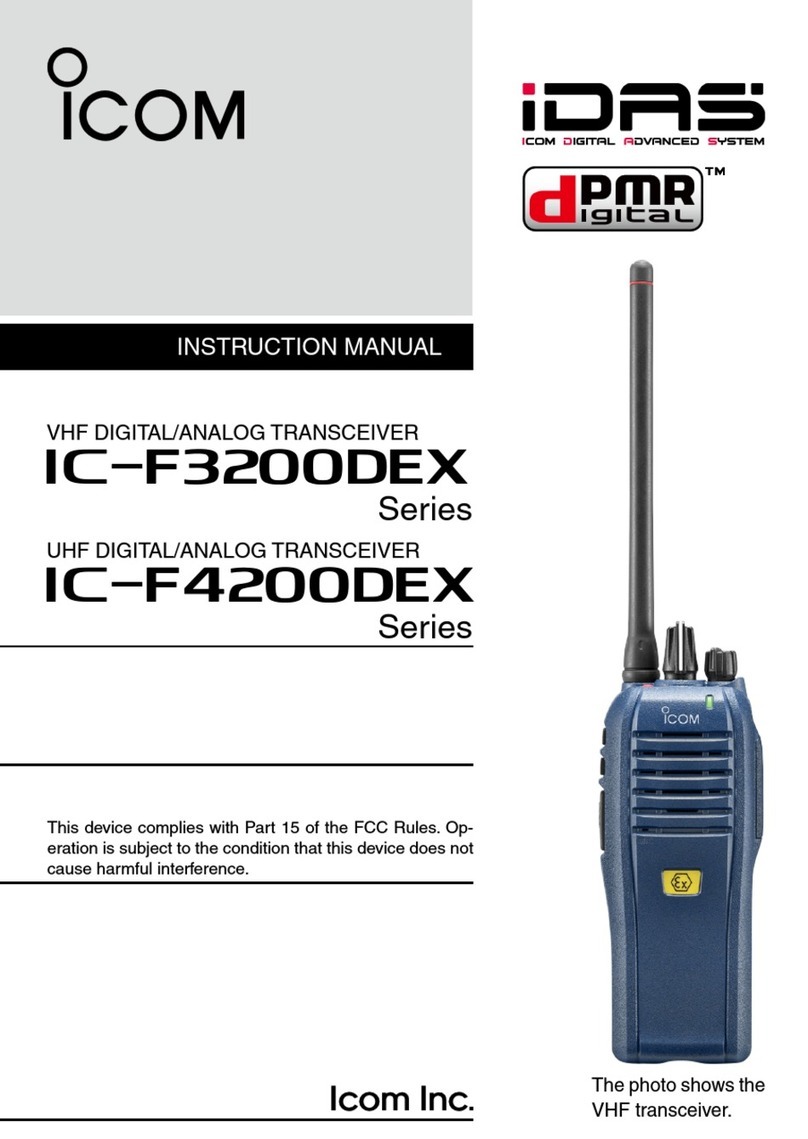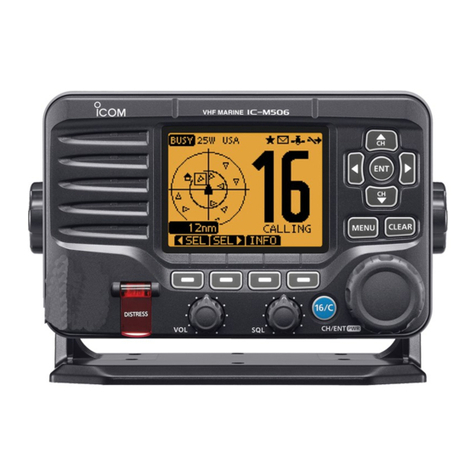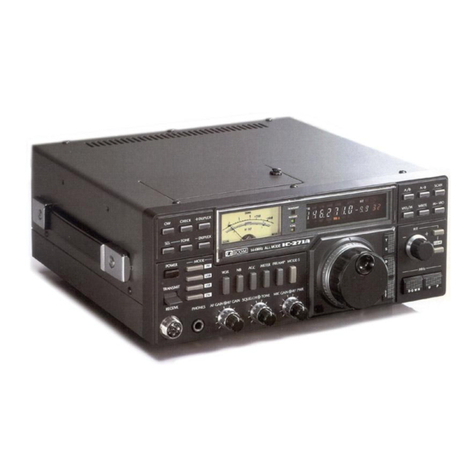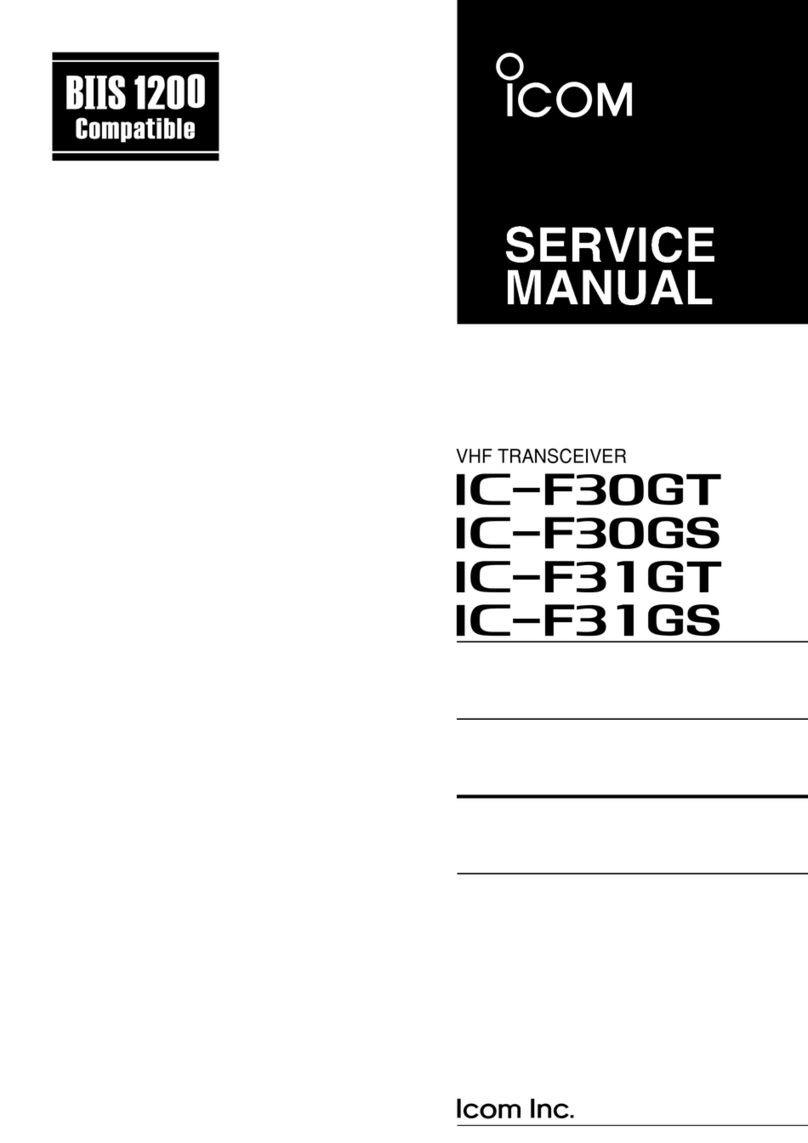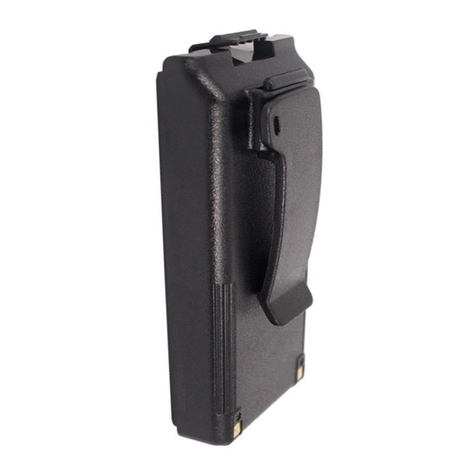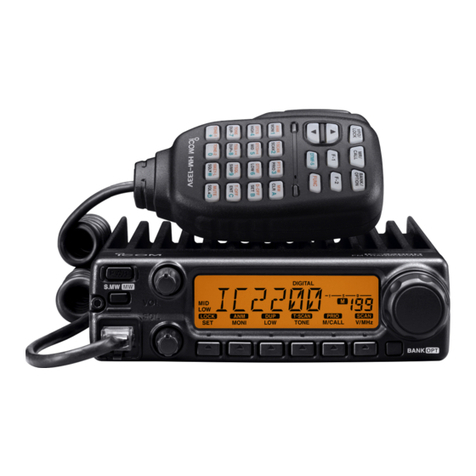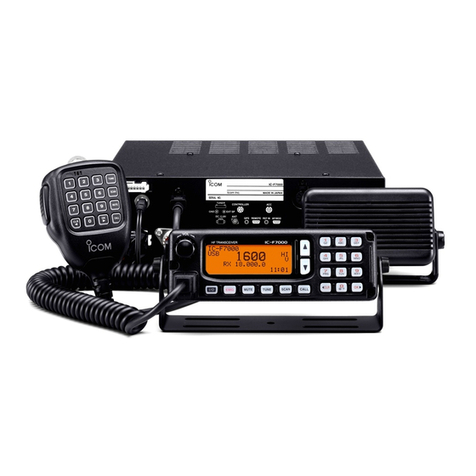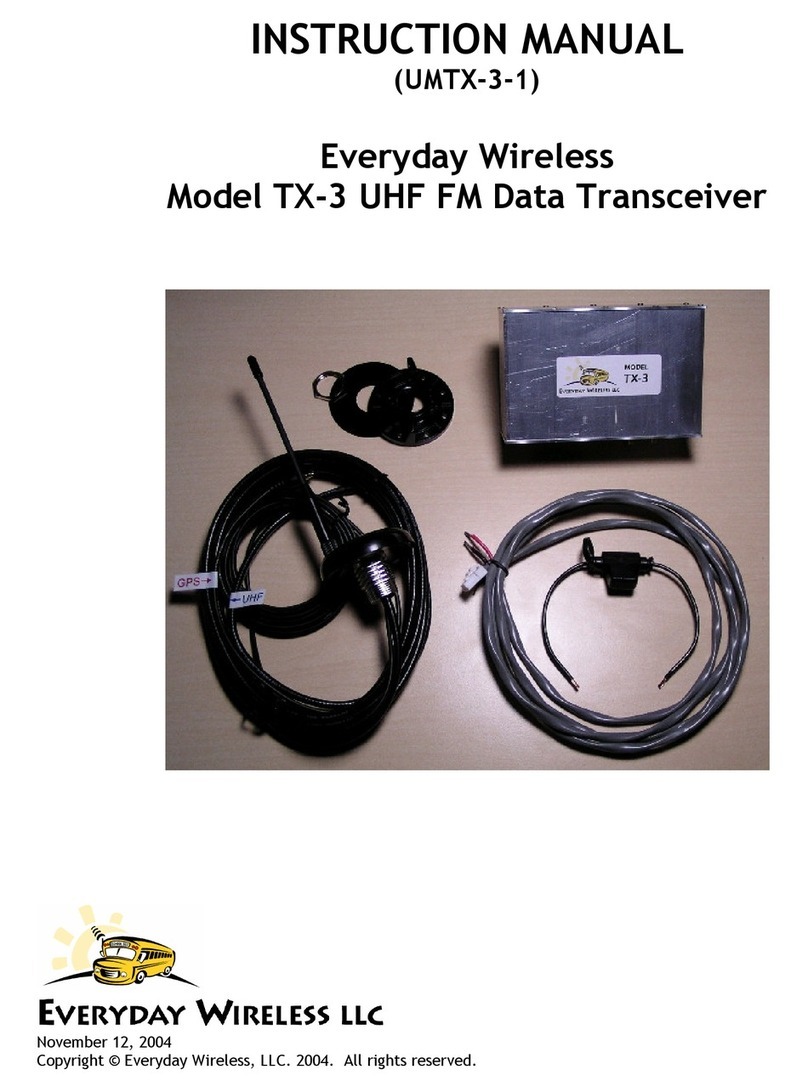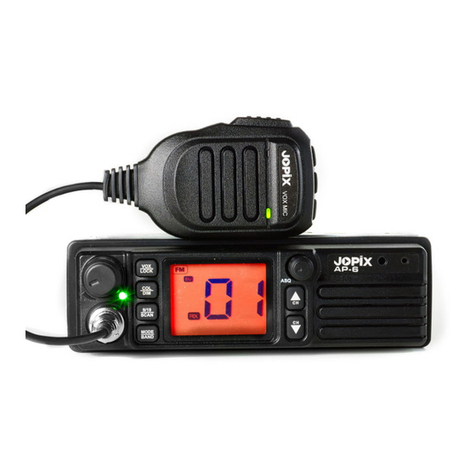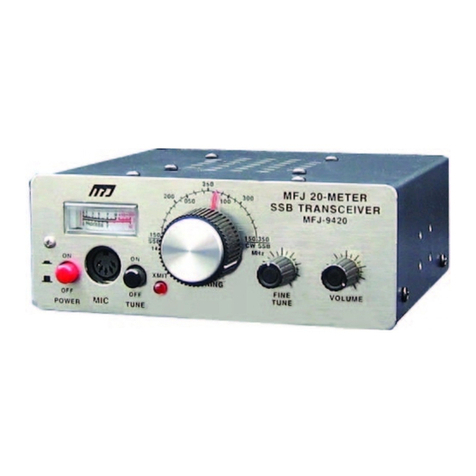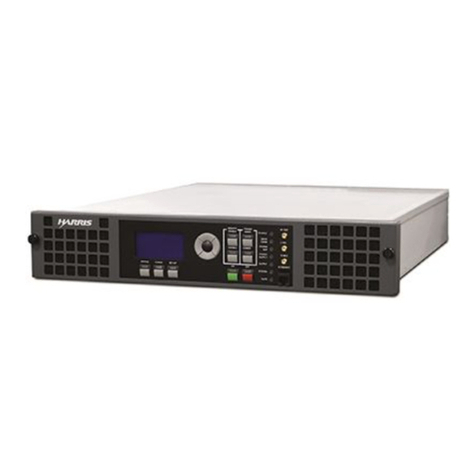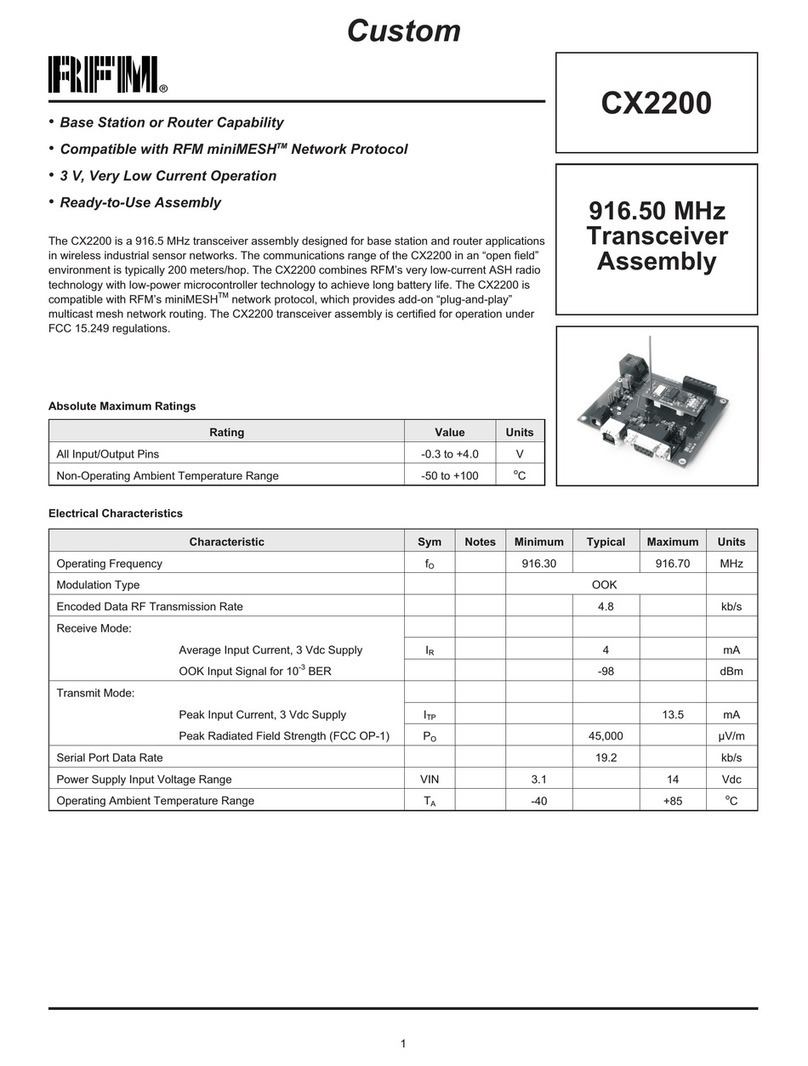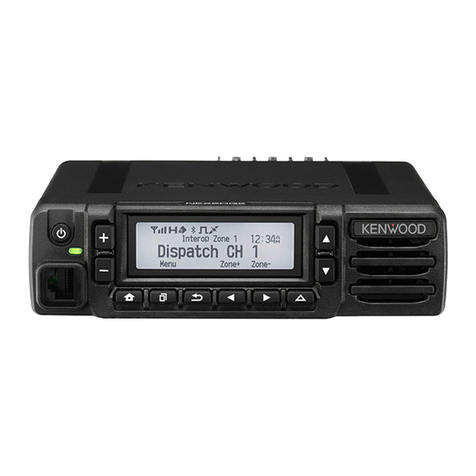
1REPEATER AND DUPLEX OPERATIONS
1-2
■FM Repeater operation
A repeater receives transmitted signals and retrans-
mits them on a different frequency. The transmit fre-
quency is shifted from the receive frequency by a pre-
set frequency offset.
In duplex operation, the transceiver’s frequency offset
is set to the same as that of the repeater. (p. 10-12)
DRepeater frequency setting
Push [V/MHz]qto select the VFO mode.
Push [FM/DV]wseveral times to select the FM
mode.
Rotate [DIAL] to set the receive frequency (repeatere
output frequency).
• The frequency changes according to the preset tuning
steps. See the page 23 on the printed manual for de-
tails.
Only USA and Korean versions have an Auto
Repeater function:
When the function is turned ON, steps rand t
are not necessary.*
(Default for USA version : ON (DUP))
(Default for Korean version : ON)
The Auto Repeater function can be turned OFF in
“Auto Repeater” on the MENU screen.
(MENU > Function > Auto Repeater)
See page 10-52 for details.
Set the duplex offset direction. (p. 1-5)r
• “DUP–” or “DUP+” appears.
Turn ON the repeater tone.t(See page 30 on the print-
ed manual.)
• “TONE” appears.
• The tone frequency can be set in the “REPEATER TONE”
screen. 88.5 Hz is set by default. (p. 10-12)
Communicate in the normal way.y
*For USA version, the Auto repeater function turns ON the
duplex operation only. To turn ON the repeater tone, you
should manually set as step t, or select “ON (DUP, TONE)”
in “Auto Repeater” on the MENU screen. (p. 10-52)
Information✓
The frequency offset (amount of shift) and the repeater
tone frequency are set in “Offset Freq” and “Repeater
Tone” of the MENU screen. (p. 10-12)
(MENU > DUP/TONE... > Repeater Tone)
(MENU > DUP/TONE... > Offset Freq)
Station A Station B
Repeater
439.700 MHz
434.700 MHz 434.700 MHz
439.700 MHz
Transmit frequency
Receive frequency
[DIAL]
NOTE:
• The Auto repeater function uses the preset repeat-
er tone frequency and frequency offset. Depending
on the frequency offset value, the off band indica-
tion, “OFF,” appears on the display when [PTT] is
pushed, and transmit is inhibited. (p. 1-5)
• See section 3 for details on accessing a D-STAR®
repeater.




















